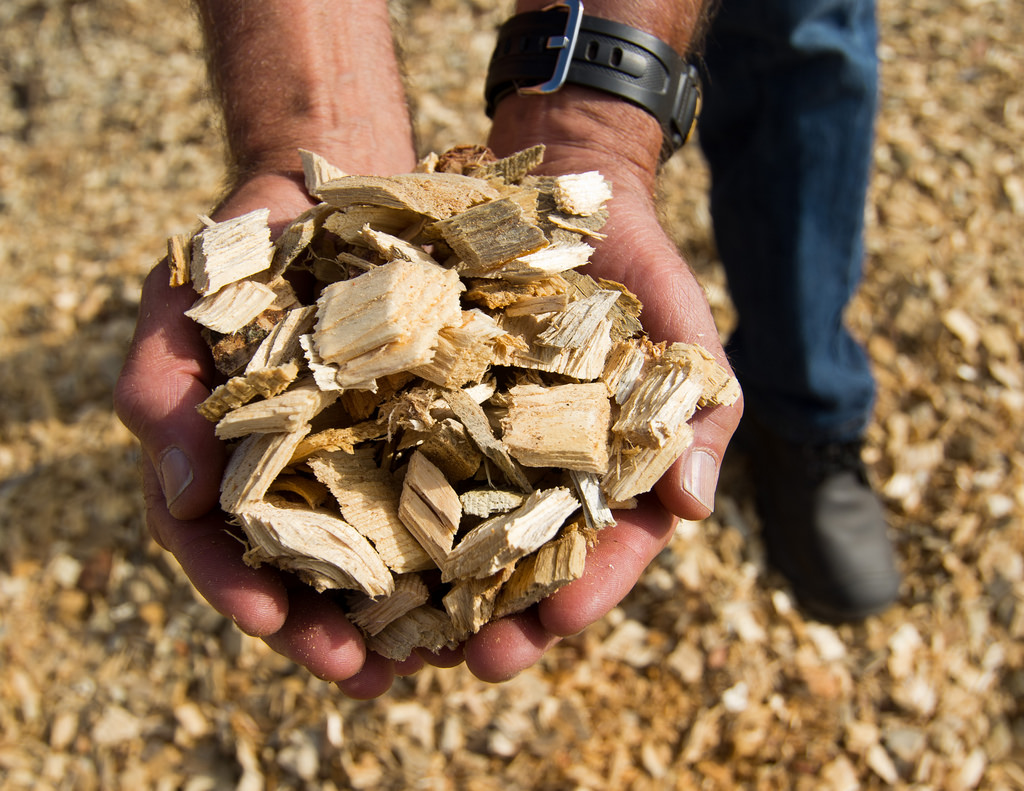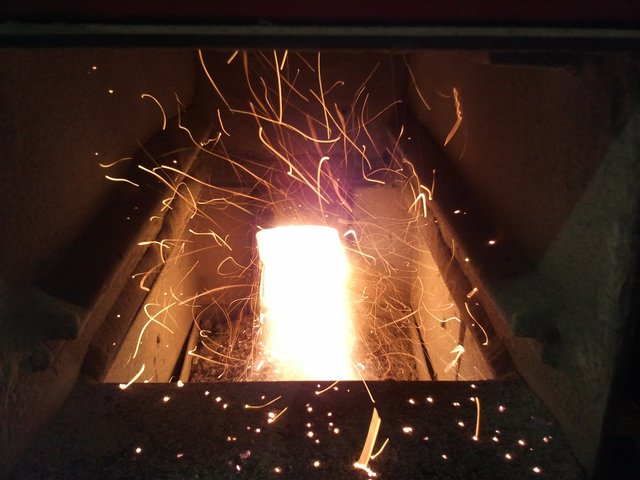BIOMASS; ENERGY IN ITS CHEAPEST FORM
In times past, wood was the most widely used fuel for a lot of applications especially for heating. With the advent of technology and the buzz for switching to removable energy, there came the introduction of biomass.
WHAT IS BIOMASS
Although wood can be classified as a form of biomass, it is not entirely biomass. Biomass is basically fuel that is developed from and with organic materials. This form of fuel is usually termed as renewable and has gained wide recognition in recent times. Biomass is made of a variety of organic materials ranging from
- scrap or waste wood or lumber
- debris from forest
- certain crops (sugarcane, corn starch etc.)
- organic waste or garbage
- manure (animal and human sewage) and
- some special types of waste residues
A lot of debate has gone into whether biomass is a form of renewable energy or not but the following fact defines the point.
Organic waste is usually in constant supply which may include wood from papermaking factories, saw mills, waste from construction, demolition and other activities and thus, the continuous availability of biomass is ensured. You would agree with me that waste materials would always be available as long as humans are on earth therefore the conclusion that biomass is a form of renewable energy is valid.
Biomass is a renewable source of energy which is carbon based which can be generated from combustion of plant matter.
IN SIMPLE TERMS, BIOMASS IS A FORM OF CLEAN AND GREEN ENERGY GOTTEN FROM SUPPOSED WASTE MATERIALS
Biomass can be converted to other forms of energy depending on the application it is required. It can be used to produce methane gas, ethanol or biodiesel.
Organic waste such as rotting garbage, waste from agricultural produce and human waste release methane gas. This gas is also referred to as landfill gas or biogas.
According to an online source, biofuels provide about 4 percent of the energy used in the united states in 2010.
CONVERSION OF BIOMASS TO OTHER FORMS OF ENERGY
Biomass can be converted to other forms of energy depending on the application it is intended for. The conversion processes are as follows;
Thermal conversion: this involves the use of heat mechanisms to harvest the energy in the biomass. Simply, thermal conversion involves heating or burning the biomass. Burning of biomass (especially in the form of wood) is typical in countries or regions where there is abundance of wood and tree growth is rapid.
Chemical conversion: chemical processes can be used to convert biomass in order to produce a fuel that can be easily or conveniently used. Chemical conversion of biomass is the means by which the producer gas is produced. This gas can be used in internal combustion engines. Chemical conversion processes can also be applied to produce the common biofuel. This process is the selective conversion of the individual components of the biomass.
Chemical conversion can also be used to convert biomass to other chemicalsBiochemical conversion: this is done based on the fact that biomass is made of natural material. This process can be done with the use of enzymes of bacteria and other microorganisms.
Electro chemical conversion: biomass can also be converted directly to electricity by electrochemical oxidation of the material.
EFFECTS OF USING BIOMASS ON THE ENVIRONMENT
As much as biomass is a form of renewable energy, based on the fact that it is made of some organic materials its combustion causes the emission of air pollutants in form of carbon monoxide, carbon dioxide and some other gases. This can cause unpleasant health issues if not controlled.
Also, because one of the major constituent of biomass is wood, the effects of commercially harvesting the wood or plant crops for the sake of energy generation might result in deforestation or loss of soil nutrients. This could cause a wide range of disasters ranging from floods to violent winds. The overall productivity of the area will be reduced, biodiversity will greatly diminish, the soil will be more prone to erosion and drying, the hydrologic cycle will change, as water drains off the land instead of being released by transpiration through the leaves of trees or percolating into the ground water, a major carbon dioxide sink (removal of CO2 from the air) will be lost, the land will no longer yield both wood for fuel/ building or non-wood forest products.
People who depend on harvesting forest products will lose their livelihood.If biomass is used for electricity generation, the heat derived from it would be used to heat water which is intended to be converted into steam for the steam powered generator. As a result of this, high demand of water and the eventual release of this heated water back into the ecosystem would disrupt the balance.
HOW BIOMASS CAN BE PREPARED
Based on the type and amount of resources available, biomass can be prepared with a variety of methods.
Basically, biomass can simply be prepared by mixing the constituents together in specific ratios. The biomass can be stored as briquettes (small molds of biomass) for easy transportation or use.
As an example, biomass can be prepared using coconut pith and saw dust waste. The mixture will first be dried for about 48 hours and crushed into fine particles. Water is then added to the mixture and starch added to it to enable coagulation of the constituents. The mixture is then compressed using a hydraulic press for about 45 minutes. The briquettes are made into sizes depending on the required application.
CONCLUSION
Renewable energy has taken over the demand for the world energy and the use of biomass is one good way to harness the beautiful gifts of nature.
Use of biomass encourages the importance of recycling as part of improving the ecosystem and encouraging greener earth practices also to improve bio-diversity as the things that would rather be thrown away and pollute the environment can be used for generation of energy for human benefits.
REFERENCES
BIOMASS ENERGY
BIOMASS
WHAT IS BIOMASS

This gif was inspired by @beanz votu moving contest where I was inspired to learn to create gifs


